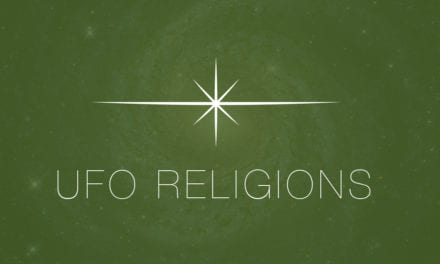Over the past decade since its publication, I’ve told more than one student, colleague, and reader of my websites that seemed as much of zealot for an ancient, contextualized biblical theology as I was that The Dictionary of Deities and Demons was the only reference work I could ever read in its entirety. As of this past Monday, I can’t say that any longer. That was the day that The Zondervan Illustrated Bible Backgrounds Commentary – Old Testament found its way to my desktop, courtesy of the publisher. No kidding. It’s a page-turner. Even better than that, it has all the earmarks of a truly essential tool for biblical interpretation and research. (Sorry, but it’s going to distract me for a while – but I promise not to drop the recent thread, though).
Readers familiar with my own research know that I’m someone who believes that terms like “Israelite religion” and “Old Testament theology” ought to be interchangeable in our thinking. They know that I’ve complained for years about the lip service evangelicals pay to “contextualizing” the Bible, when what they really do is cherry-pick ancient Near Eastern literature and material culture for comfortable parallels that protect us from seeing the Old Testament through the eyes of an ancient Semite instead of those of a 20th (or 17th) century Westerner. If we’re really serious about interpreting the Bible in its own cultural and religious context, we need to remove the modern theological filters we use to read it. That may sound scary, but we don’t need to be protected from the Bible. Rather, we need to see it for what it is: a coherent work produced by Providence in specific ancient eras and places, by ancient people whose culture and worldview were quite other than our own. In my judgment, The Zondervan Illustrated Bible Backgrounds Commentary – Old Testament (hereafter, ZIBBC-OT) will prove vital for grasping Scripture on its own terms.
The ZIBBC-OT is a five-volume set edited by John H. Walton, a well-known professor of Old Testament at the Wheaton College Graduate School. The set is a passage-by-passage commentary focusing on how the Old Testament text is contextualized and illumined by the fruits of field archaeology, historical geography, and comparative ancient Near Eastern literature. The series totals nearly 3000 pages and is lavishly illustrated with 2000 photographs, drawings, maps, diagrams and charts. Among the contributors are seasoned scholars and recent PhDs whose specific research interests dovetail with their assigned portions. Of the team of 30 contributors, nearly all of them earned their PhD at universities, not seminaries. That may sound like an odd observation, but I point it out because of my own experience as a Semitics scholar. University doctoral programs in Hebrew Bible put a great deal of emphasis on material pushed to the periphery by many seminary doctoral programs: Semitic linguistics; ancient Near Eastern languages, religion, and culture; and archaeology. In a word, university programs for Hebrew Bible put a lot of emphasis on background material.1
I’m going to be blogging about each volume of the set over the next two weeks, so stay tuned. I skimmed through the first volume (Pentateuch) prior to this introductory post, so I feel quite secure in recommending it now. It just deserves the time.
- For those who can attend, several of the contributors will be reading papers this November at the annual ETS meeting (Evangelical Theological Society) as participants in the two Israelite Religions sections of which I am chair. Those contributors are John Walton, Roy Gane, Rick Hess, and Eugene Carpenter. ↩







Dr. Heiser don’t you know we’re in a recession? All these good books and resources are going to put me in the poor house lol. (OK j/k). IThe used version of this set is around 160.00 in Amazon. And John Walton again! Seems like I better get a move on and get his book about Genesis One to start delving into his perspective on OT/ANE things. Thanks for all your recommendations.
Great, thanks. Makes me feel like getting ZIBBC-OT
For the November meeting, see if you can get input from other ANE scholars about the morphology of Nephilim as seen in Gen 6 and Num 13:33, and also about the most plausible explanation on the origin of this understanding in the ANE. I asked Dr. Kaiser, but he never answered me.
That sounds intersting will look forward to hearing about it, especially anything related to the Divine council that is new.
ps : i wish expensive books found there way to my desk
pps: i wish i had a desk 🙂